When it comes to tiling, the foundation beneath your tile can make or break your project. A solid concrete subfloor might seem like the perfect base—strong, stable, and built to last. But even concrete has its quirks. It expands, contracts, and develops hairline cracks over time, all of which can wreak havoc on your tile surface. That’s where tile decoupling mats come in.
If you’re laying tile on a concrete subfloor, a
tile decoupling mat is not just a smart idea—it’s an investment in the longevity of your floor. Let’s dive into what decoupling mats are, why they matter, and why they’re a must-have for tiling over concrete.
What is a Tile Decoupling Mat?
A tile decoupling mat (also known as an
uncoupling membrane) is a layer that sits between your tile and the subfloor. Its job is to prevent movement or shifts in the subfloor from transferring directly to the tiles above. These mats are typically made from materials like polyethylene or other flexible plastics, and many feature a grid-like design that helps lock in thinset mortar and provide extra grip.
Isolate your tile layer from your subfloor to prevent cracks, shifts, and other common tile installation failures.
Why Concrete Subfloors Aren’t as Stable as They Seem
Concrete feels solid underfoot, but it’s far from static. Here’s what can happen over time:
Hairline Cracks and Shrinkage
Concrete tends to shrink as it cures, which can cause small cracks to form. These cracks may not be structural, but they can easily transfer through rigid tile and cause unsightly surface cracks.
Moisture Migration
Concrete is porous. If there’s moisture trapped underneath or moving up through the slab (especially in basements or ground-level floors), it can impact adhesives and weaken the bond between the tile and the subfloor.
Temperature Fluctuations
Concrete expands and contracts with temperature changes. Without a buffer between the tile and the slab, this movement can lead to delamination or tile cracks. In short, while concrete is strong, it’s not perfect—and tile doesn't handle movement well. This mismatch is why decoupling mats are essential.
7 Key Benefits of Using a Tile Decoupling Mat on Concrete
Crack Isolation
The most critical benefit of a decoupling mat or
anti-crack matting is its ability to isolate surface movement. If a hairline crack forms in your concrete slab, a decoupling mat absorbs that movement so it doesn’t travel up into your tile layer. Think of it like shock absorbers for your floor—flexible enough to adapt to changes without passing them along.
Prevention of Tile and Grout Cracks
Tiles, especially ceramic and porcelain, are brittle. When laid directly on concrete, any slight movement or stress point below can lead to cracks above. Grout, too, is prone to cracking under movement. A decoupling mat reduces that stress, increasing the longevity and aesthetics of your tiled surface.
Improved Bonding and Load Distribution
Many
uncoupling mats are designed with a fleece or waffle-like underside that bonds extremely well with thinset mortar. The upper surface also offers a superior grip for tile adhesive, creating a stronger, more resilient installation. Additionally, the mat helps distribute loads across the subfloor evenly, reducing the risk of individual tiles breaking under pressure.
Moisture Management
Certain decoupling mats offer built-in vapor management features. These allow moisture in the concrete to dissipate laterally rather than getting trapped, which is especially beneficial in areas like basements, ground floors, and bathrooms. Moisture trapped under tile can lead to mold, adhesive failure, and even tile lifting—issues you definitely want to avoid.
Thermal Insulation
Some decoupling mats add a degree of insulation between your tile and concrete slab, helping to reduce heat loss. If you’re planning to install radiant floor heating, decoupling mats also provide a stable base and help protect heating cables from pressure or movement in the slab.
Sound Reduction
Decoupling mats can also help dampen sound. Concrete subfloors tend to echo foot traffic, especially in apartment buildings or multi-level homes. A mat adds a layer of cushioning that can muffle these sounds, making for a quieter environment.
Easier Repairs and Future Modifications
If a repair or renovation is needed down the line, tiles installed over a decoupling mat are often easier to remove and replace with minimal subfloor damage. That flexibility can save you both time and money in the long run.
Where and When to Use a Decoupling Mat on Concrete
- New concrete slabs: These are still curing and settling, which increases the risk of movement and cracking.
- Old concrete with visible cracks or patches: Even if they seem minor, they can become bigger problems later.
- Basements: Where moisture is more likely and concrete movement is common.
- High-traffic areas: Like entryways, kitchens, and hallways where repeated foot pressure can stress the tile.
- Bathrooms or wet areas: For added moisture protection and stability under tile.
In short, if you’re tiling over concrete, a decoupling mat isn’t just helpful—it’s highly recommended.
Installation Tips for Using a Decoupling Mat on Concrete
If you’re planning to DIY or supervise the installation, here are a few key tips:
- Clean and prime the concrete slab: Remove dust, debris, or paint. A primer can help improve thinset adhesion.
- Use the right thinset mortar: Follow the manufacturer’s instructions. Some mats require modified or unmodified thinset on either side.
- Roll or press the mat firmly into place: Use a roller or flat trowel to ensure full contact with the mortar.
- Let it cure: Allow the mat to set before tiling to avoid movement.
- Seal the seams (if needed): Especially in wet areas, sealing the seams between sheets of mat can prevent water infiltration.
Conclusion
Laying tile is a big job—one you don’t want to do twice. That’s why using a tile decoupling mat on concrete subfloors is one of the smartest moves you can make. It protects against cracking, moisture, movement, and future repairs—all while enhancing the durability of your floor.
So whether you’re a contractor aiming for long-lasting results or a homeowner investing in your dream space, don’t skip the mat. It might be hidden beneath the surface, but its value shows in every smooth, crack-free tile above.
Ready to start your tile project? Make sure you’re not cutting corners. Choose a high-quality
tile decoupling mat and lay a foundation that lasts.

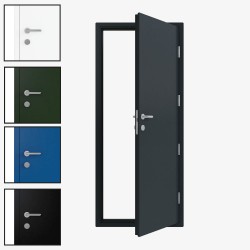
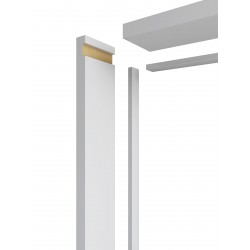
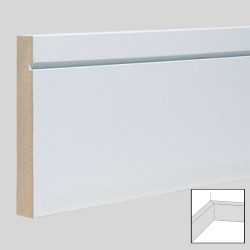
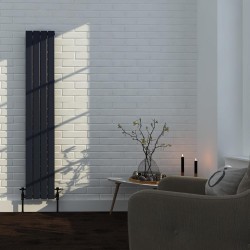
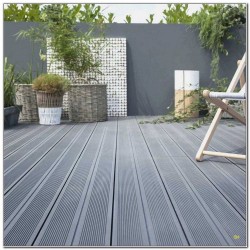
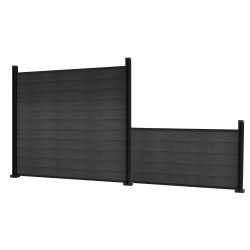
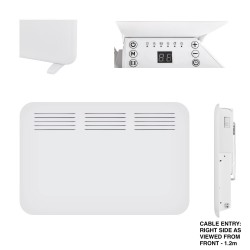
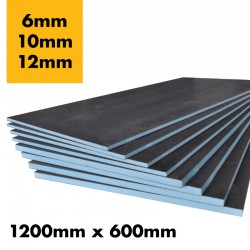
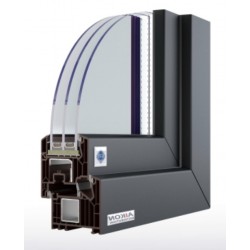


-main-250x250.jpg)
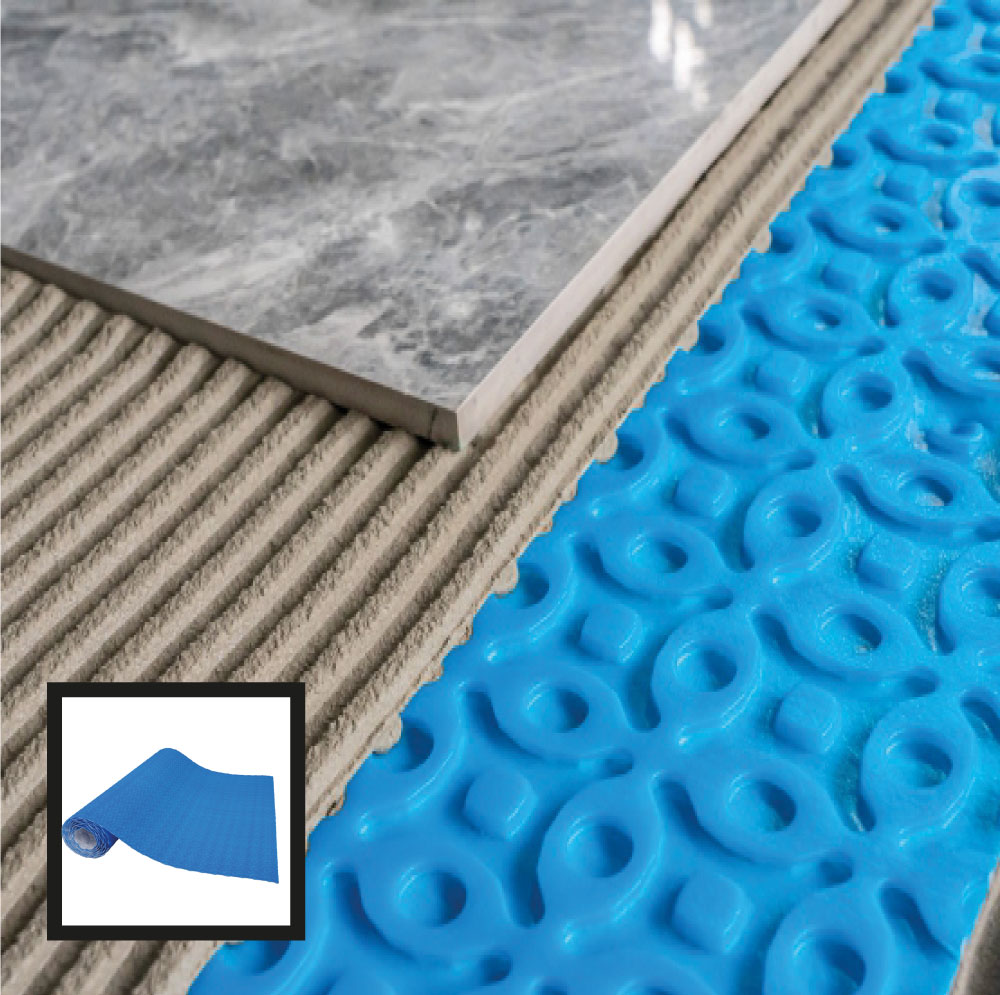
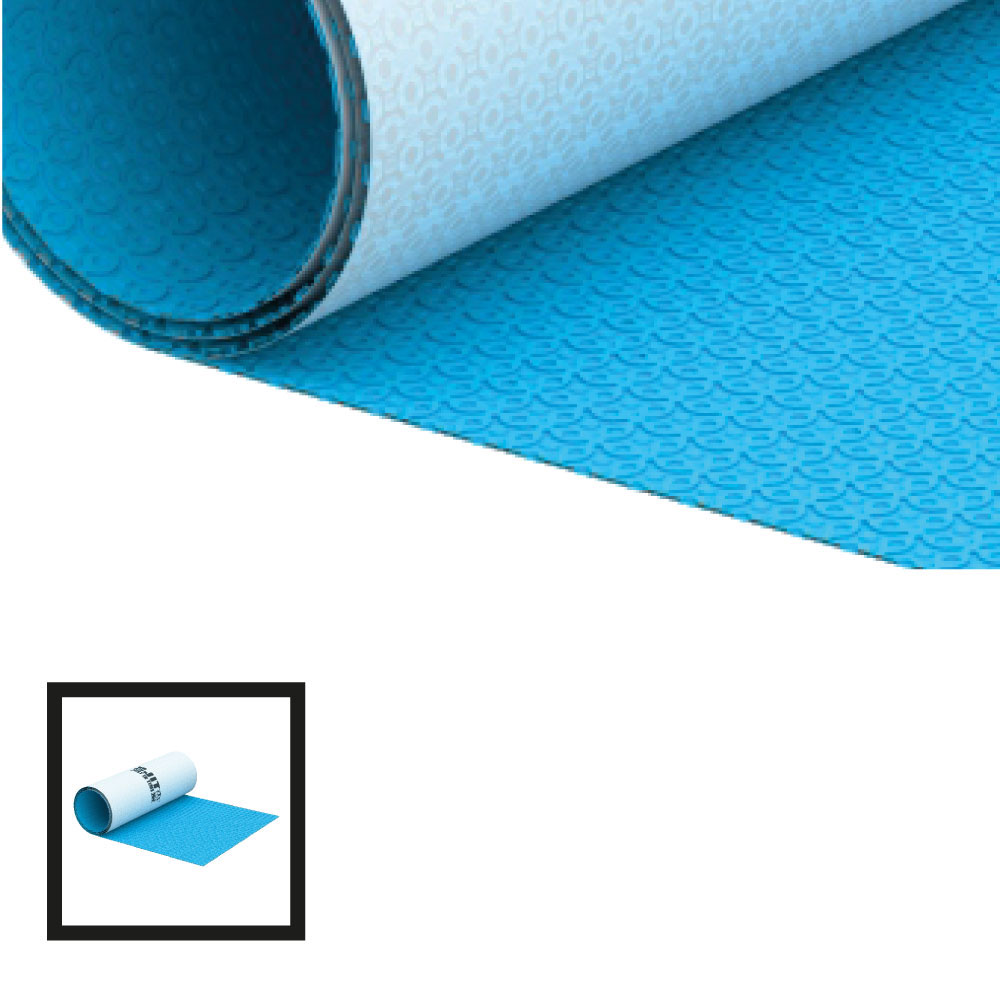
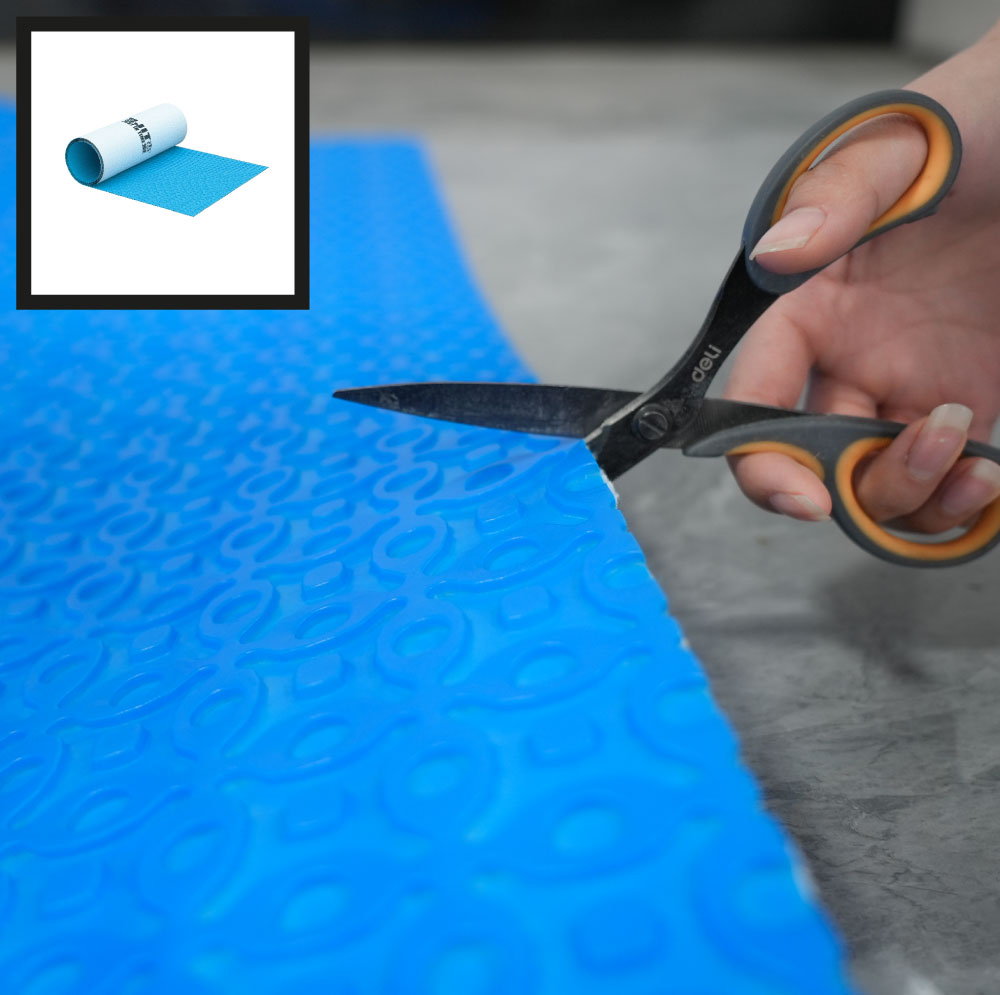


9 Comment(s)
1
1
1
1
1
1
1
1
1
1
1
1
1
1
1
1
1
1
1
1
1
1
1
1
1
1
1
1
1
1
1
1
1
1
1
1
1
1
1
1
1
1
1
1
1
1
1
1
Leave a Comment